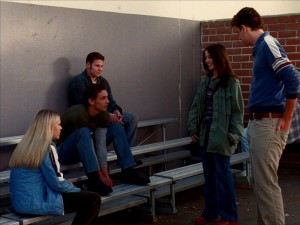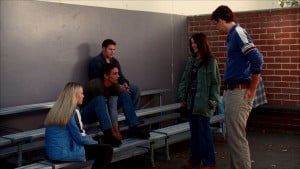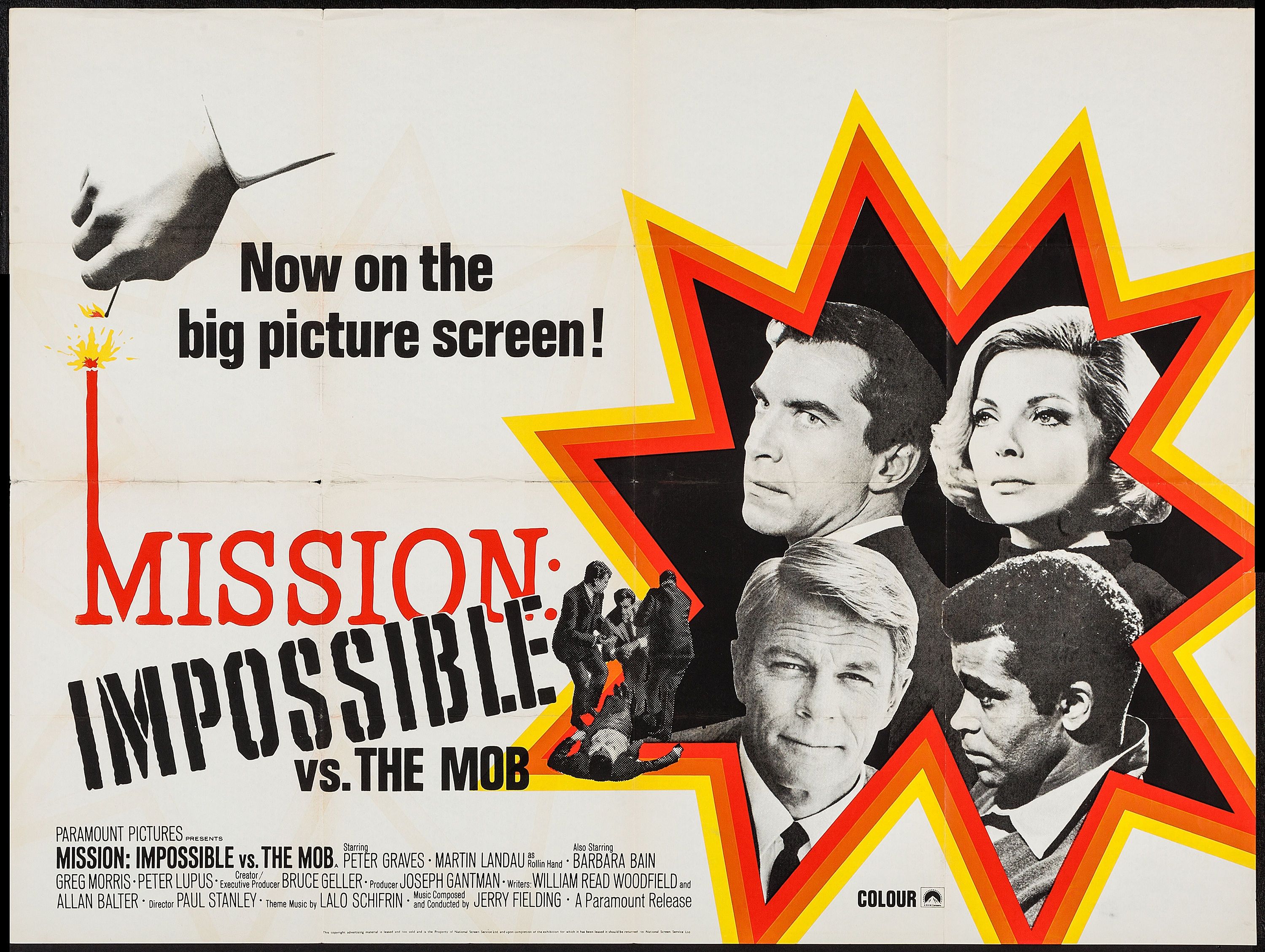Tony Bensley
Senior HTF Member
In this case, I find that the originally presented Black and White for this episode is missing, to be more jarring than it being 16X9, although the 1952 year of this "Documentary" would have also placed its "shooting" prior to the Cinematic Widescreen era.Here's a downside to the new versions.
Remember "The Interview"? Black and White episode, season 4?
Someone forgot to turn the color off

Again, thanks to the Redditors for the screencap, this time at the MASH sub, for this one.
I will say, though... Mulcahy is suspiciously in frame for that shot without his head or chin being too chopped. Maybe a bit more consideration was given to composing shots than I would've originally thought.
For whoever was behind the reframing of this episode, to quote a line from a favorite late 1940s MGM Musical, "You're wrong twice!"
CHEERS!




![dvd_snapshot_00.23_[2018.07.02_15.09.13].jpg dvd_snapshot_00.23_[2018.07.02_15.09.13].jpg](https://www.hometheaterforum.com/community/data/attachments/42/42425-db7f2403e41a387fcc6d06a063dc512c.jpg)
![dvd_snapshot_00.30_[2018.07.02_15.08.10].jpg](/community/data/attachments/42/42426-47b557deb7777250a8efca16351388fe.jpg)





